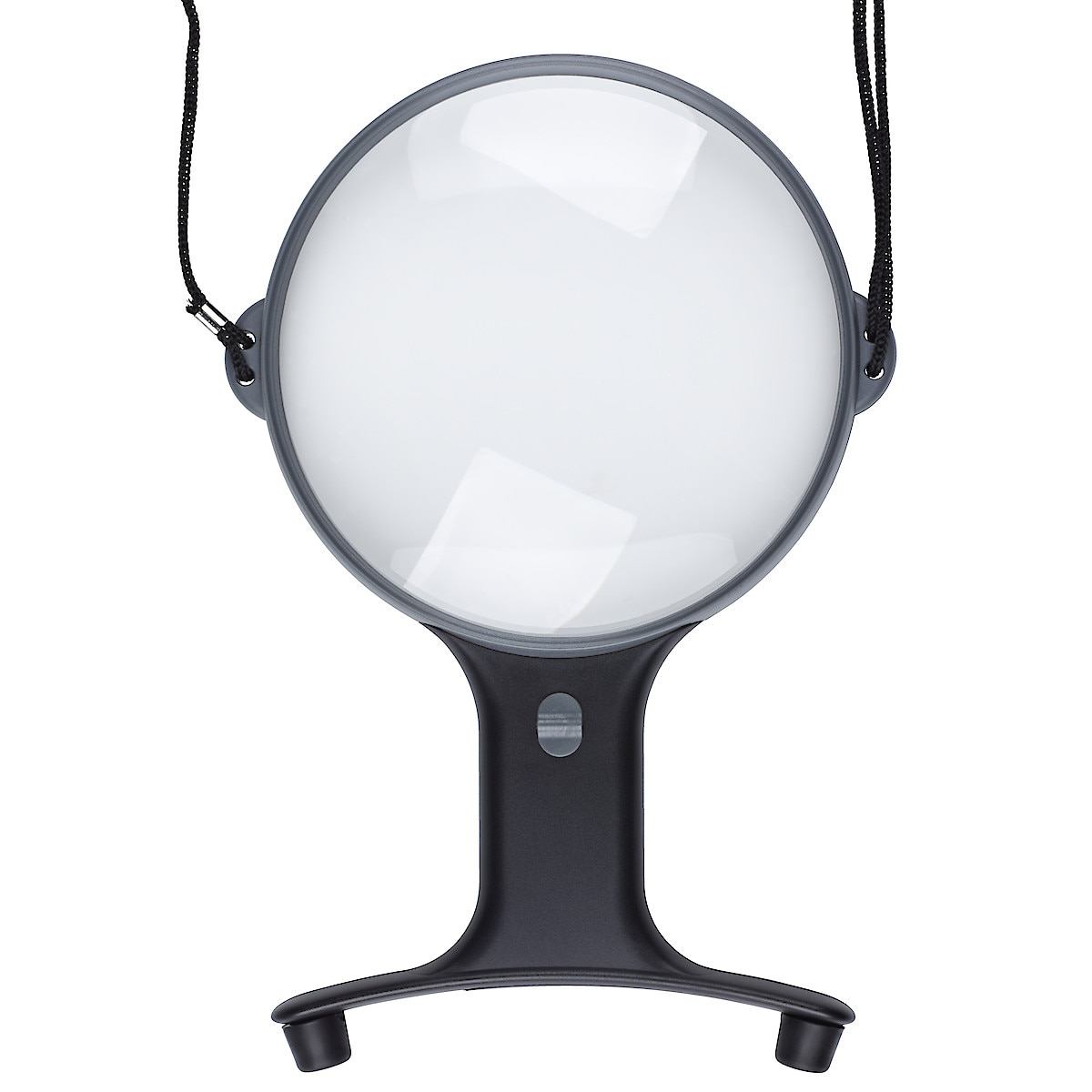When I wore my green 16th century gown in the autumn for a photoshoot with Dalarnas museum, well I could only look down on the original closure and realize it didn't work anymore. The original was made from two long strips of fabric with hooks and eyes that I had sewn on. It didn't work for several reasons.
1. it was really fiddly to get all the hooks and eyes together, I almost always needed help to get into the dress. When I made it I had also miscalculated, so there were too many hooks, and it was uneven.
2. some years of struggling with the hooks and eyes had also made the stitches that held the strips to the dress itself starting to become undone.
3. I had struggled also because I have gained quite a lot of weight since I first made the dress and the hooks and eyes where under a lot of strain to keep the dress closed.
Another reason why I wasn't happy with it was because of how I had sewn the border of orange fabric over the closure. It was floppy, and it simply didn't look good. Since I came from an 18th century sewing background I had closed it with pins, but since I made it I have developed my skills in 16th century sewing quite a lot.
For the evening outside I knew that I wanted to wear my mustard kirtle under the gown. The gown is made to fit over my very tight, almost corsetlike undergown though, I knew that that was simply no way that I would be able to close the green dress, while wearing warm underwear and a good quality wool kirtle. I finally had a really big incentive to actually replace the hooks and eyes.
Thankfully I still had scraps of the orange fabric so I cut out new borders for the front and sewed them on over the lacing strips. The borders and the lacing strips are also stitched together with some stitches just out to the border from every lacing hole. When lacing the lace is treaded between the holes, where there is an opening between the lacing strip and the orange border.
And then simply pull the pin through the lacing holes. The u-pin is long and rigid enough that it's easy to tread. If there is a small lacing hole it's just a matter of squeezing the u-pin so it gets thin enough to get through. It doesn't have any sharp ends, unlike a needle, so it doesn't snag on any fabrics.
What the item is: amset of lacing strips
How it fits the challenge: I switched out one kind of closure (hooks and eyes) for another one (lacing with handmade lacing holes) Giving new life to a dress that was getting too tight and worn out around the old closure.
Material: 20x30 cm of felted wool
Pattern: no pattern, just two long pieces of fabric folded double.
Year: 16th century
Notions: waxed linen thread
How historically accurate is it? 90% (much better than when it was closed with modern hooks and eyes)
Hours to complete: 6
First worn: For an evening outdoors January 23rd
Total cost: this was made from scraps, so even if buying new probably not more than $5.



















































